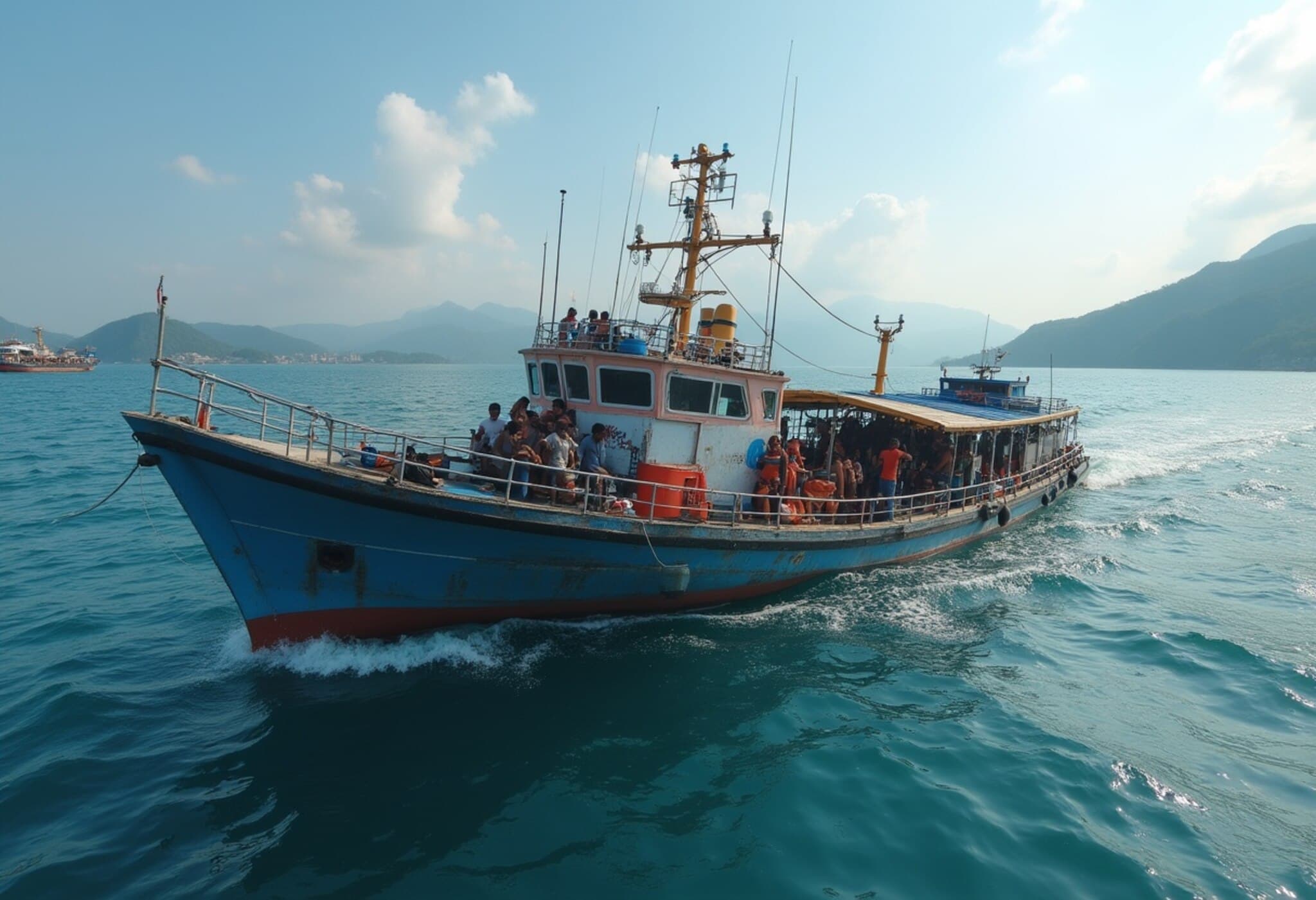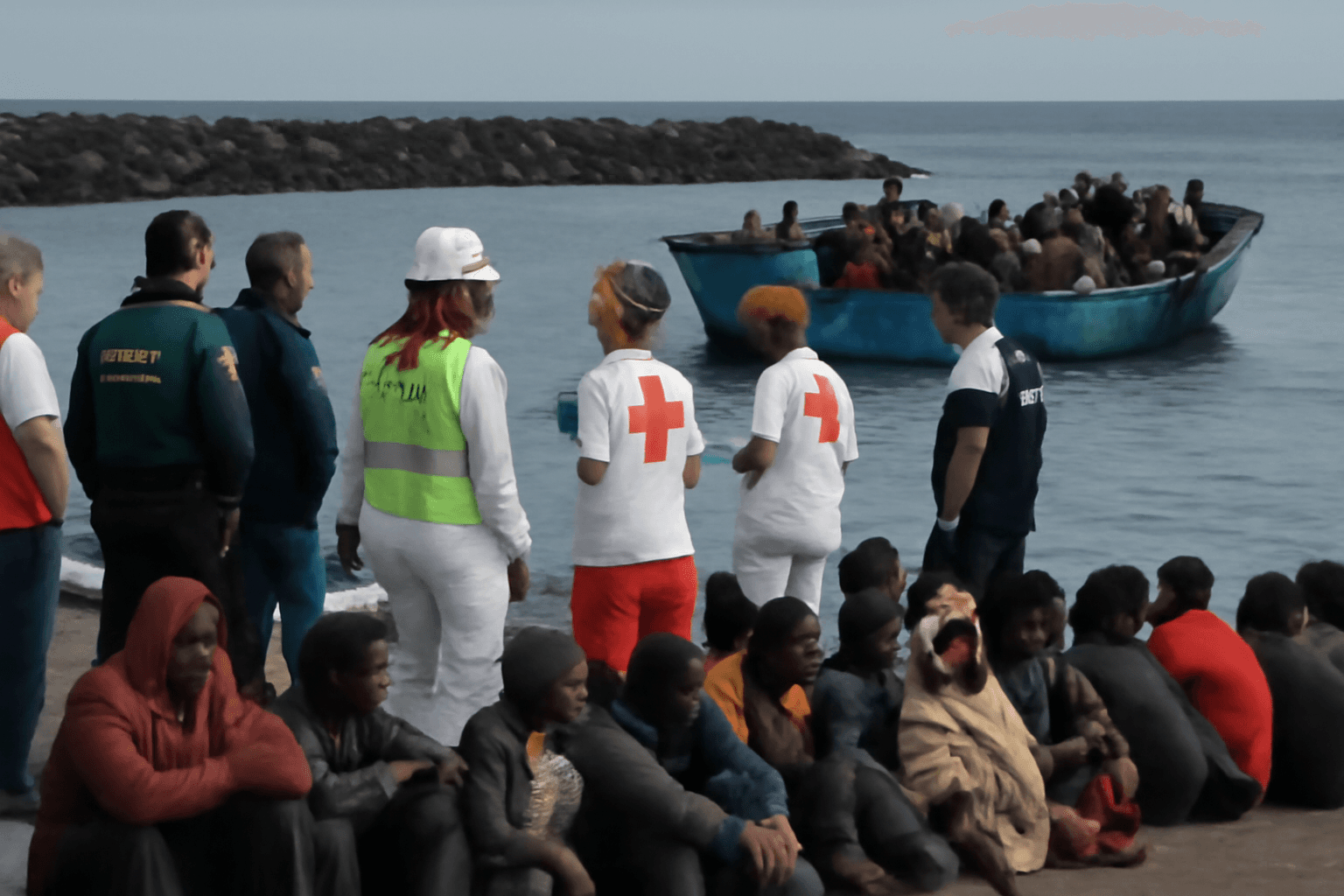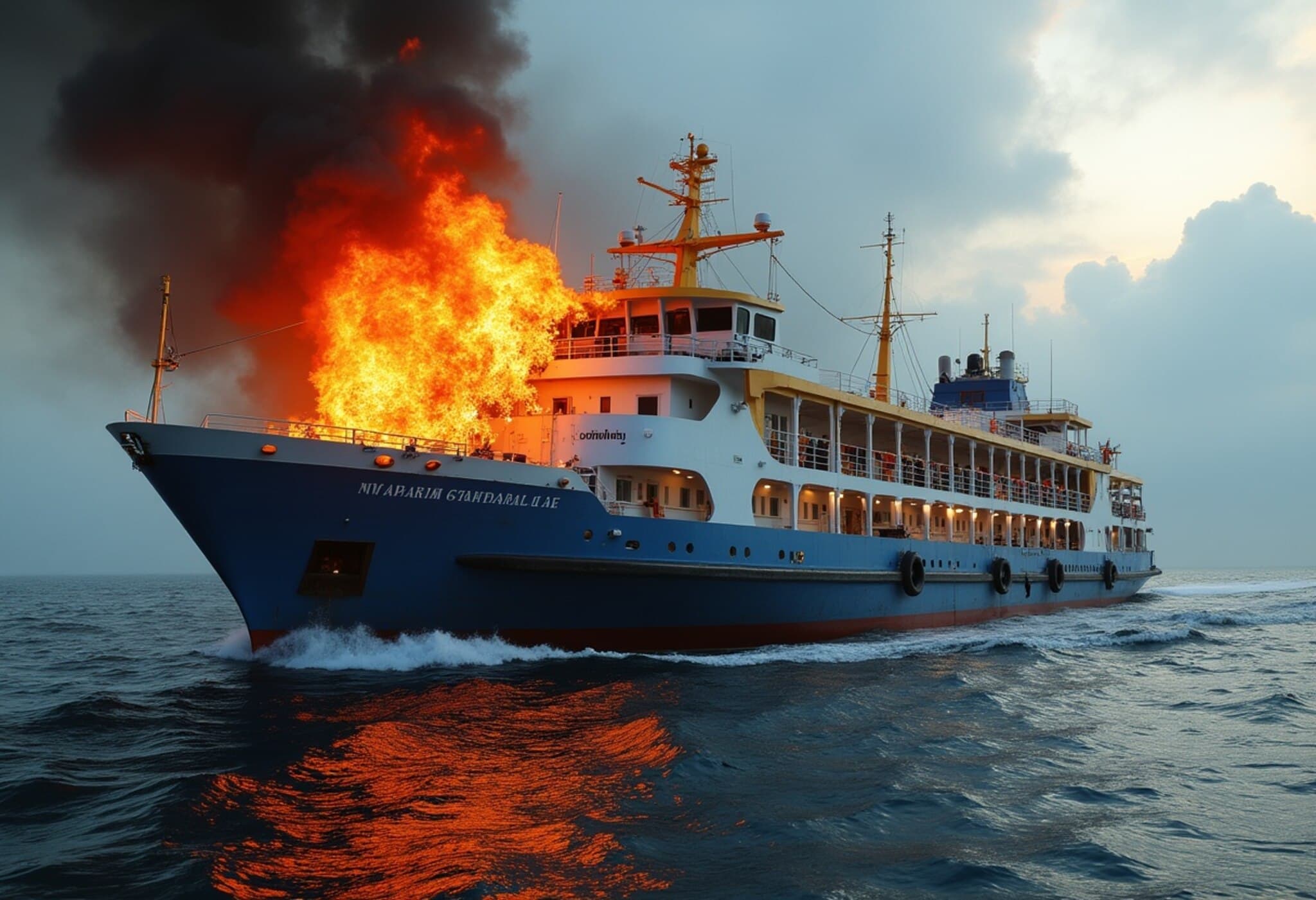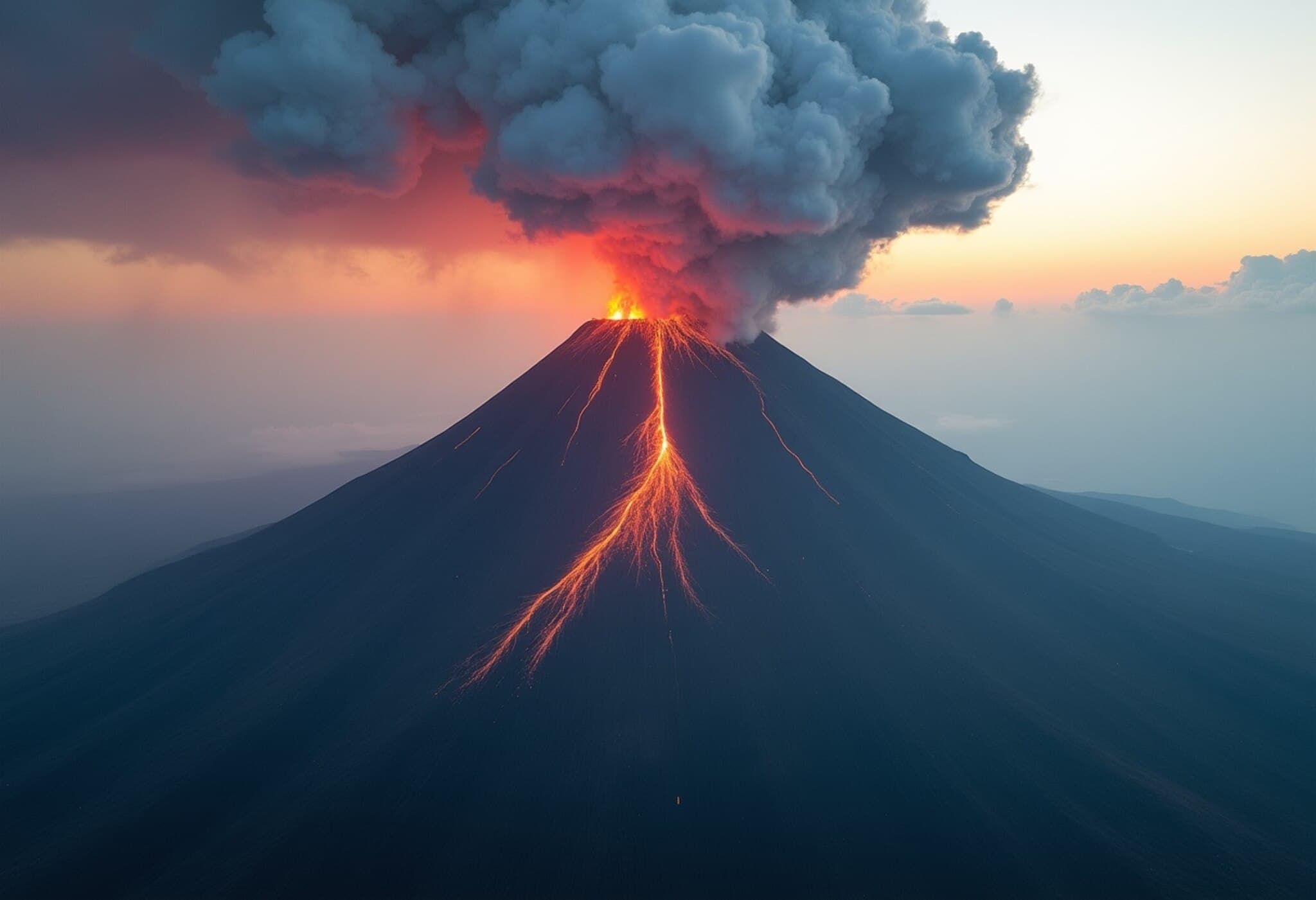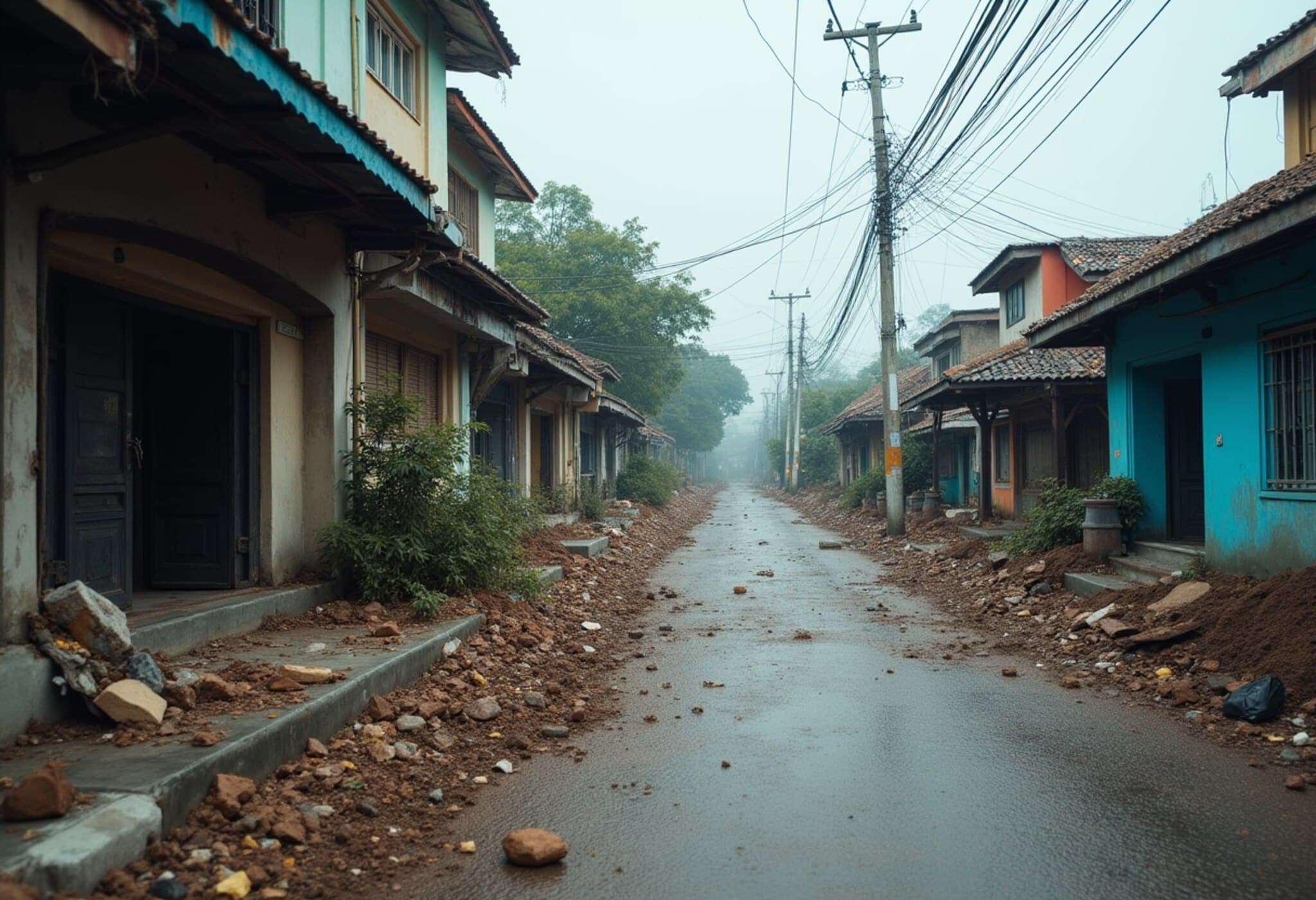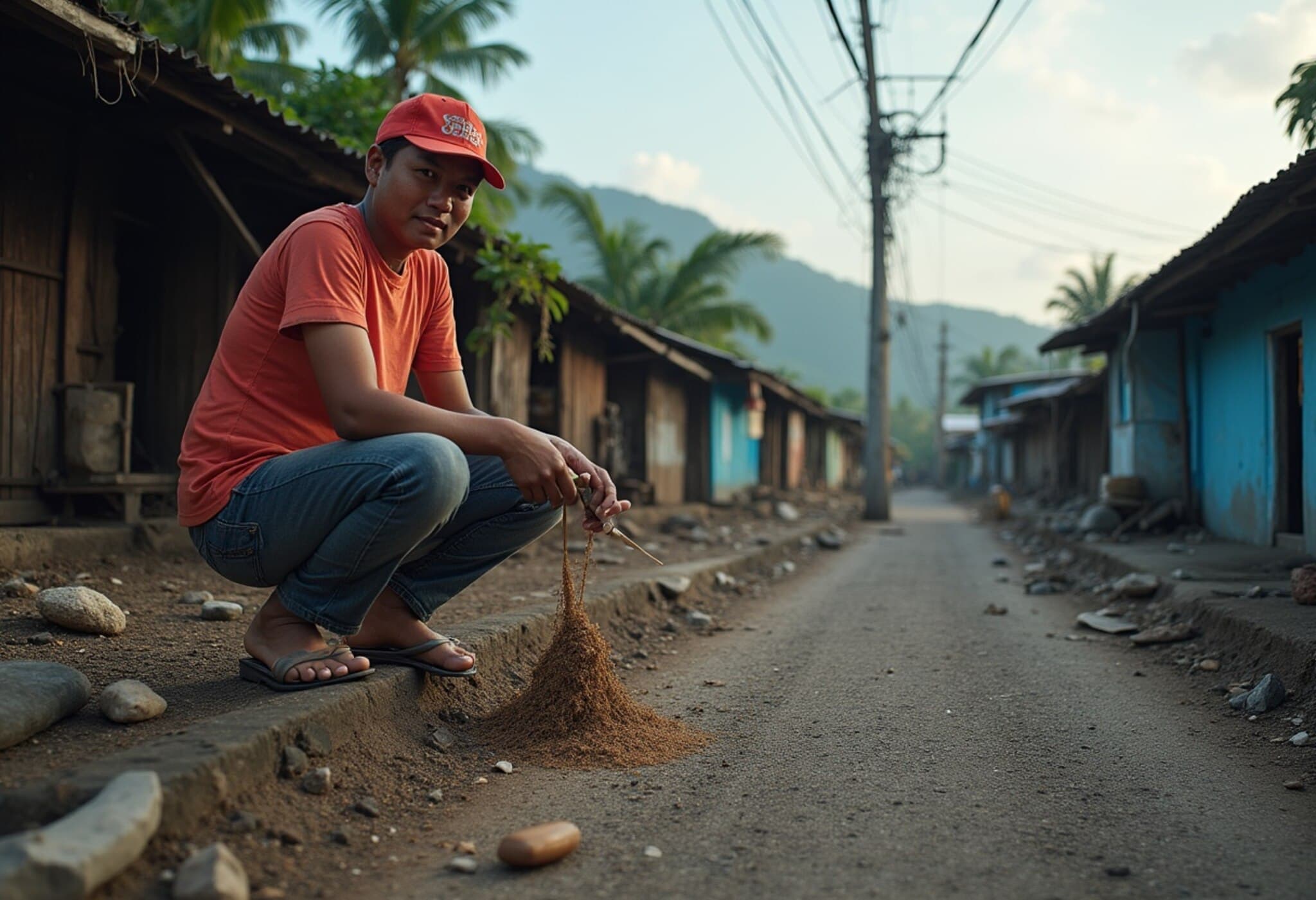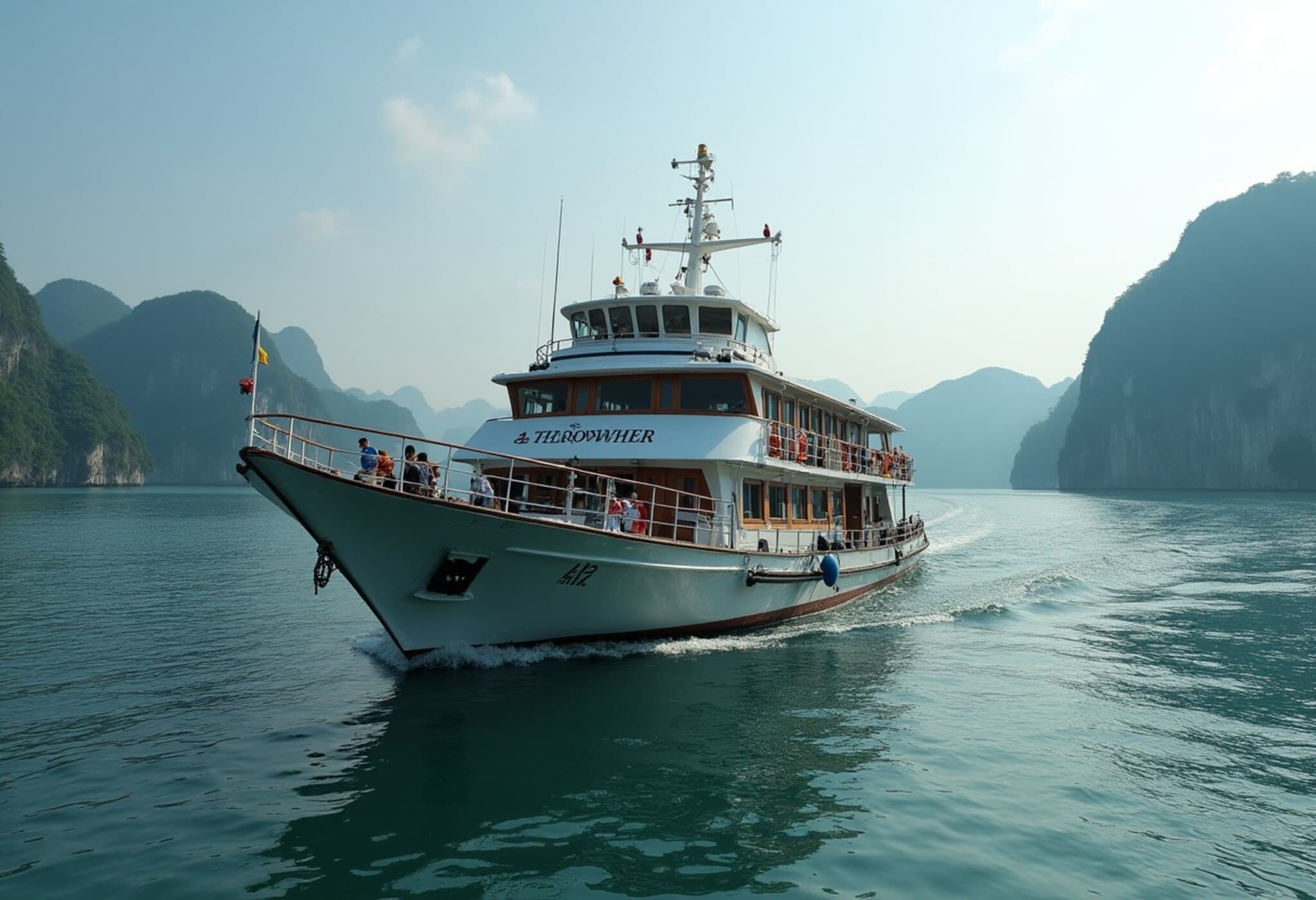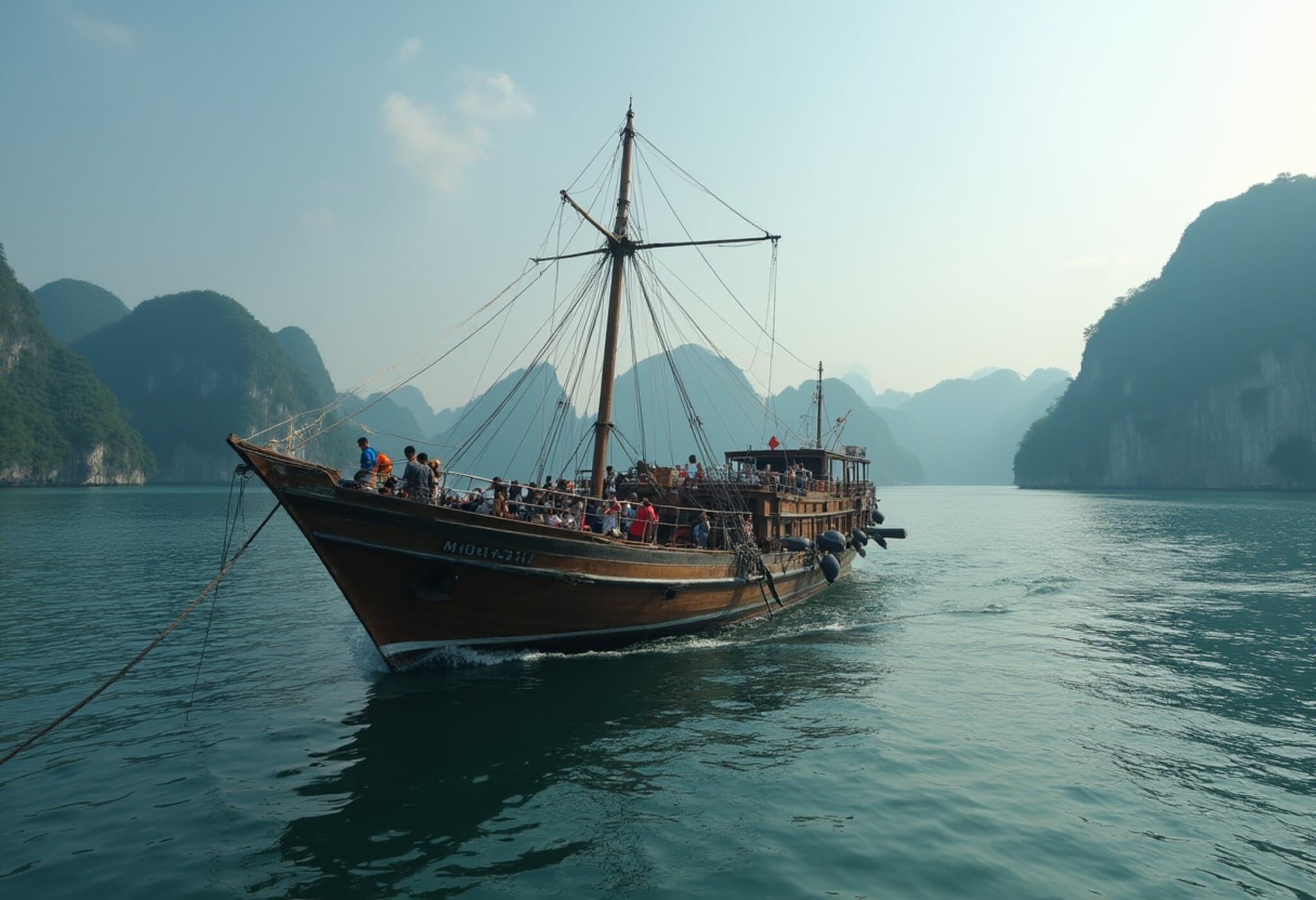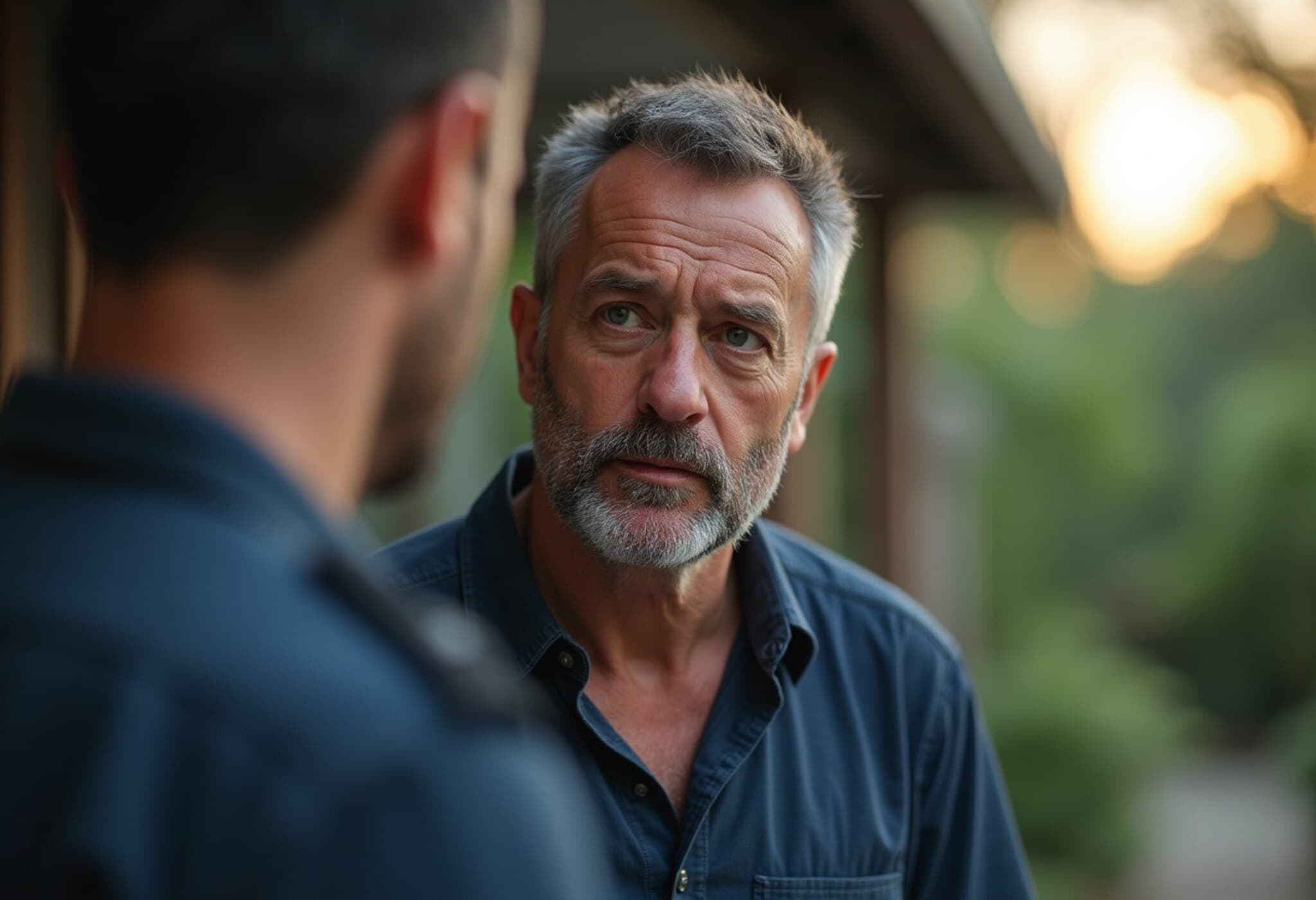Rescue Operations Underway After Boat Capsizes Near Mentawai Islands
In a tragic turn of events on Monday morning, a boat transporting 18 people capsized off Indonesia's Mentawai Islands, located in West Sumatra province. The incident, which occurred around 11 a.m. local time (0400 GMT), has left 11 individuals missing while eight survivors have been rescued, the Indonesian search and rescue agency confirmed in an official statement.
Details of the Incident
The ill-fated vessel set sail from Sikakap—a small coastal town within the Mentawai archipelago—heading toward another nearby town, Tuapejat. Among the passengers, 10 were local government officials, highlighting the significance of the group involved. Rescue teams immediately sprung into action, deploying two boats and a large team of rescuers to scour the challenging waters for the missing passengers.
Indonesia’s Maritime Risks and Safety Challenges
Indonesia, an expansive archipelago with over 17,000 islands, depends heavily on boat and ferry transportation for connectivity. However, this reliance exposes travelers to risks, especially during volatile weather. Maritime accidents are distressingly common, not only due to sudden storms but also because lax safety regulations and vessel overloading persist as ongoing issues.
Earlier this month, a similar tragedy unfolded near Bali, where a ferry carrying 65 passengers capsized. In that disaster, 18 lives were lost, 30 survivors were rescued, and 17 remain unaccounted for, underscoring a worrying pattern of repeated maritime safety failures.
Expert Insight: Understanding the Bigger Picture
Maritime experts and policy analysts point out that these recurrent incidents highlight systemic problems within Indonesia's transport infrastructure. The combination of unpredictable tropical weather, insufficient enforcement of safety protocols, and communities’ dependence on sea travel form a deadly nexus. Strengthening maritime regulations, improving vessel inspection regimes, and investing in emergency response capabilities are pivotal steps toward preventing future tragedies.
Human Stories Behind the Headlines
While statistics and rescue figures provide a snapshot, the human side often remains unseen. These communities are tightly knit, with many relying on government officials for essential services and infrastructure. The loss or injury of such personnel reverberates beyond individual families, threatening the fabric of local governance and development efforts.
Looking Ahead: What Can Be Done?
- Stricter enforcement of maritime safety standards, including limits on passenger loads and mandatory life-saving equipment.
- Investment in weather monitoring and communication systems to provide real-time alerts to vessels at risk.
- Development of regional emergency response teams trained to respond swiftly to maritime disasters.
- Community education initiatives to increase awareness of boat safety and emergency procedures.
Indonesia’s unique geography demands individual attention and tailored policies to protect those who traverse its seas regularly. The ongoing rescue efforts near Mentawai are a sobering reminder of the stakes involved.
Editor’s Note
The capsizing near the Mentawai Islands is not an isolated incident but part of a larger narrative concerning maritime safety in Indonesia. Beyond the numbers lie urgent questions about regulatory enforcement, infrastructure investment, and community resilience. This latest tragedy brings fresh urgency for policymakers and civil society to collaborate on long-term solutions that save lives and foster safer seas for Indonesia’s island communities.

